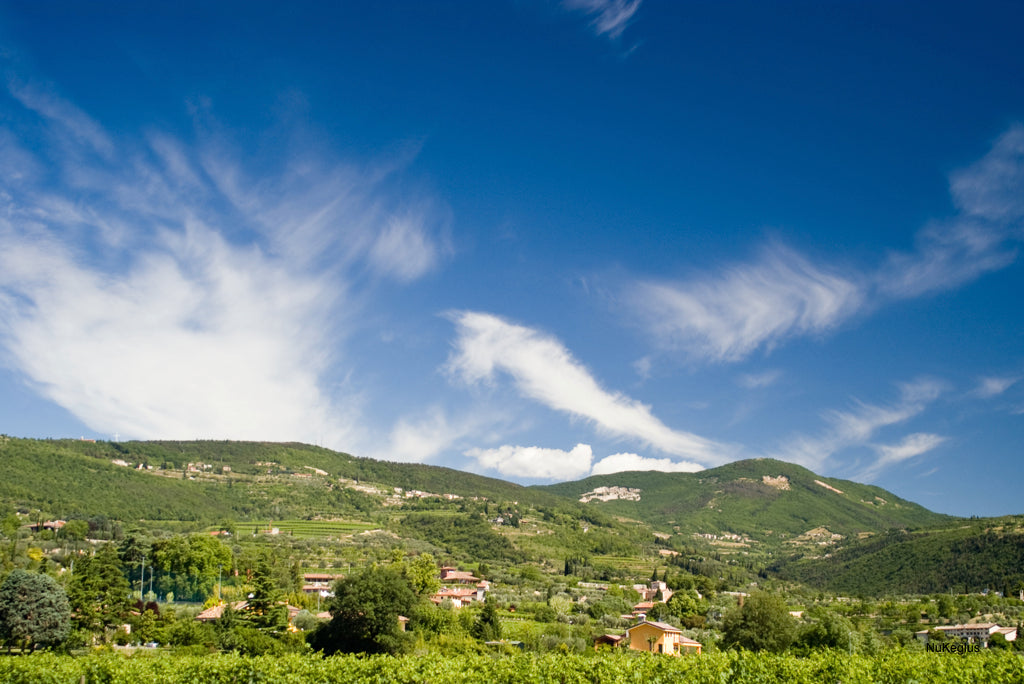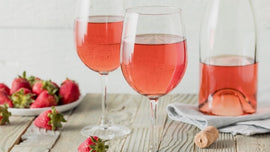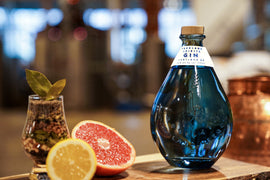We are visiting Veneto again, in the Italian northeast. The Veneto is the 8th largest wine producing region among the twenty regions in the country, with the 3rd highest GDP, just below Lombardia and Lazio. Venezia (Venice) is the regional capital; Treviso, Padova, Rovigo, Belluno, Vicenza and Verona are the other major towns and provinces of Veneto. Everyone knows Venezia, a must for any visitor that goes Italy the first time and one of the most visited places in the world, but each other Veneto town deserves special attention as well. Here are just few examples.
Padova (Padua): with its basilica and one of the most important artistic monuments of the region: the Scrovegni Chapel painted by Giotto.
Vicenza: with 23 buildings and villas designed by the great architect Andrea Palladio during the 1500 century.
Verona: with its squares (Piazza dei Signori, Piazza delle Erbe), buildings from Roman times like the famous Arena, and the Ponte di Pietra (the Stonebridge) over the Adige river that crosses the town. Shakespeare used Verona as set for two of his famous theatric plays: Romeo and Juliet and The two gentlemen of Verona.
And then there is the wine. This is the region of Prosecco, the fresh sparkling wine that seems to gain new fans every year. Easy to enjoy, on its own or as spritz, it’s becoming a staple libation for every gathering, from an evening with friends to big parties. Prosecco is the most exported Italian wine; in 2014 the bottles of this sparkling wine sold worldwide surpassed those of Champagne! Another iconic wine from Veneto, specifically Verona province, is the Amarone (we featured this wine in last December’s club). Soaves, Bardolino, Valpolicella, Lugana, Recioto are only the most familiar names between the 28 DOC (Denomination of Controlled Origin) and 14 DOCG (Denomination of Controlled and Guaranteed Origin) of the region. Here we present to you a producer that makes some of the best.
Elio Longobardi, Italian Wine Specialist
PlumpJack Wine & Spirits – Noe Valley
Italian Wine Specialist-Noe Valley
Azienda Agricola di Graziano Prà
Graziano Prà begin his own craft as vignaiolo (wine farmer) of the family winery in early 1980s, following the path that his father and grandfather prepared before him. With his skills and passion, Graziano elevated the quality of his wines using the specific characteristics of the territory, creating small crus in the Soave and Valpolicella wine appellations. Today, thanks to Graziano, wines from Monte Grande, Monte Bisson and Morandina are recognized internationally by wine critics and wine connoisseurs as some of the best expressions of this area.
Sustainability is the mantra of this estate. They believe that creating a healthy environment is the key for producing quality wines. They also believe ‘life is too short for bad wine’, and these wines are the perfect application of this theory. For Prà this concept is represented on the logo of one of their two wines we have here: the unicorn. This one comes from a print on 15th century agricultural book created by a family friend teacher to signify purity; in this case purity of the land.
Prà estate consists in 30 hectares of vineyards in Soave territory and 7 hectares in Valpolicella.
They make four white wines and a dessert wine from late harvest grapes. The main grape for the whites is Garganega; a small percentage of Trebbiano di Soave grapes are used only in the Monte Grande Soave. For the red wines, the grapes are Corvina, Corvinone, Rondinella and Oseleta, which are the classic grapes grown in Valpolicella.
Prà, Monte Grande, Soave Classico DOC 2017
This wine comes from 40 year old vines from a single vineyard, which is planted with Garganega and Trebbiano di Soave. The percentage for this bottle is 70% of the first and 30% of the latter. The vinification for this wine is different than that of those other three whites. The vine canes are cut in mid-September, leaving the bunch of grapes to dry out for another month. After they are harvested and gently pressed they ferment and then age for ten months in Allier French barrels.
Warm yellow color with green hues in the glass. In the nose the distinct salinity of the volcanic soil show up followed by candied citrus notes and other exotic fruits. The fruitiness is more evident on the palate but supported by a fresh acidity. Wine ready now but definitely suitable for ageing well for the next 3-5 years.
Perfect with shellfish as well other fish dishes like seared tuna and grilled octopus, asparagus risotto or Bigoi in salsa (see recipe below).
Prà, Morandina, Valpolicella Ripasso Classico DOC 2016
The grapes for this wine were planted in 2001, certified organic, from two sites sited at 1500ft (450 meters) above sea level. The soil is from glacial era with many seashells and other seabed fossils.
This wine is made with a blend of Corvina, Corvinone, Rondinella and Oseleta. The Ripasso winemaking process consists of re-fermenting the grapes on the skin left over from the Amarone fermentation for 5 days and then ageing for 12 months in Allier barrels. In this way the wine obtained will have some of the dry-fruit and pot-pourri characters of the Amarone but is lighter in body, lower in alcohol and more suitable as table wine.
When poured in the glass the color is of bright ruby with purple accents. The nose detects dry cherries and plums, with a pleasant spiciness. The tasting gives us more pitted dark fruits and a hint of black pepper. The finish is long but leaves the palate clean even if the alcohol is not shy.
This wine calls for meat sauce pastas, barbequed ribs, aged cheeses and prosciutto.
Bigoi in salsa
(Whole-wheat spaghetti with anchovies and onion sauce)
Bigoi or bigoli are a kind of big spaghetti made in Veneto that resembles what in Tuscany Val d’Orcia are called pici. Their surface is rough, which helps to absorb more sauce on the pasta. You can use artisanal Italian bronze die spaghetti. This is a traditional Venetian dish made during Lent time before Easter, like Ash Wednesday and Good Friday, when eating meat was forbidden.
Ingredients (serves 4)
· 350 g whole wheat spaghetti
· 8 salt cured anchovies
· 1 white onion
· 8 tbsp. extra virgin olive oil
· ½ cup dry white wine
· 1 tbsp. fresh chopped parsley
· ½ cup toasted bread crumbs (keep them warm in the oven)
· Salt & pepper
- Clean the anchovies under cold running water, remove the bones, pat dry with paper towel
- Thin slice the onion
- Add 4 tbsp. extra virgin olive oil in a low rim sauce pan at medium-high heat
- Add the onion and let it get a nice golden color
- Add the anchovies and let them cook, stirring for a couple of minutes
- Add the wine and let the alcohol evaporate
- Now lower the flame, cover the pan and let cook, stirring often with a wooden spoon for 15-20 minutes, until you obtain a creamy sauce
- Meanwhile, in a bigger pan bring the water to boil and drop the pasta
- When the pasta is cooked, drain it and transfer in the sauce pan
- Stir pasta and sauce together
- Serve with a nice sprinkle of toasted bread crumbs and fresh chopped parsley





